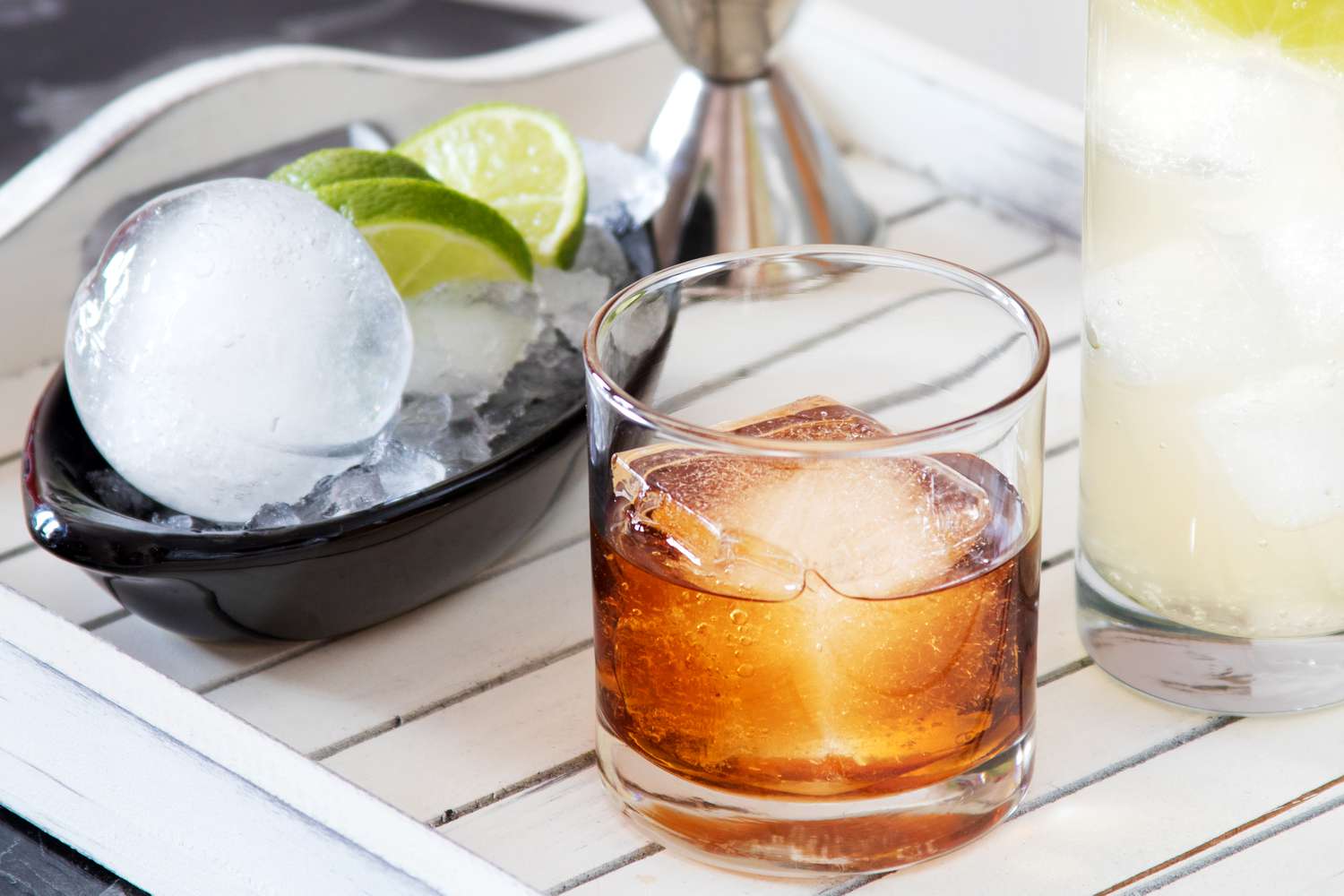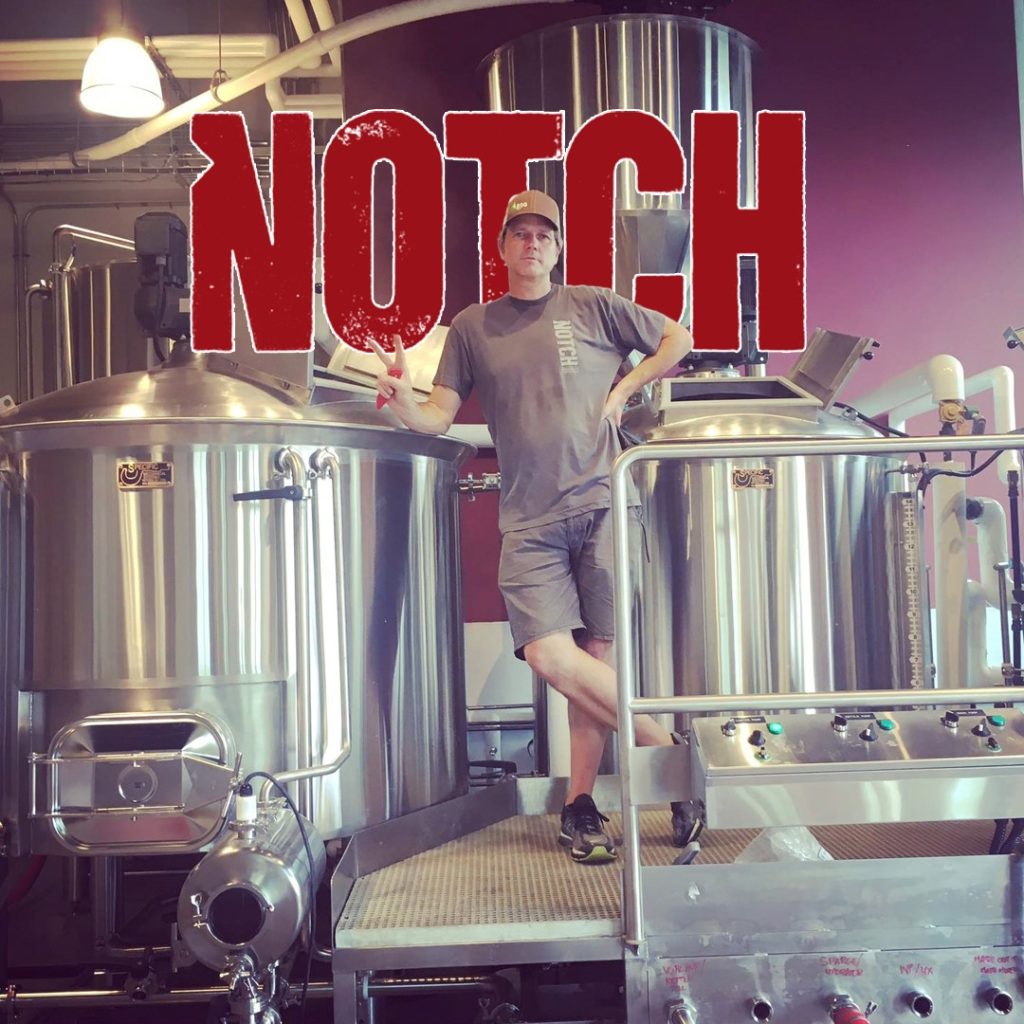The first-century Roman emperor Nero was famous for enjoying iced drinks flavored with honey, while ice houses and “ice pits” like the Persian yakchal were used to store food and drinks even earlier. Wealthy Romans enjoyed glacial ice brought down from the mountains and stored in insulated cellars, which more or less remained the standard for a couple of millennia. But ice and iced drinks have actually gone through numerous changes, especially over the past two centuries.
By 1806, ice was no longer reserved for the rich. In that year the Boston “ice king” Frederic Tudor started the 19th-century East Coast ice trade. It eventually employed some 90,000 people.
A similar but smaller industry of sawing and shipping ice also sprung up in Norway around that time — you might remember it from the first scene of “Frozen.” Folks and hosts in London purchased ice harvested from Norwegian lakes; the ice was shipped and stored in enormous caverns (one of which archaeologists recently rediscovered, as the BBC reported in 2018).
Across the pond, ice became an essential part of the drinking culture, probably because so much of the U.S. is warmer than the Old World. Throughout the 19th century, shipped ice was consistently available in cities like New Orleans, San Francisco, and New York, which influenced the cocktails being invented there. And just as the U.S. natural-ice industry began to wane, industrial refrigeration and mechanically produced ice arrived.
Of course, ice has been with us forever. But its modern use as a beverage refresher is relatively new; and its artful mastery for alcoholic beverages, even more recent. Next time you’re sipping a drink with a perfectly sculpted cube, consider it took centuries of innovation before it could be dropped in your glass.





